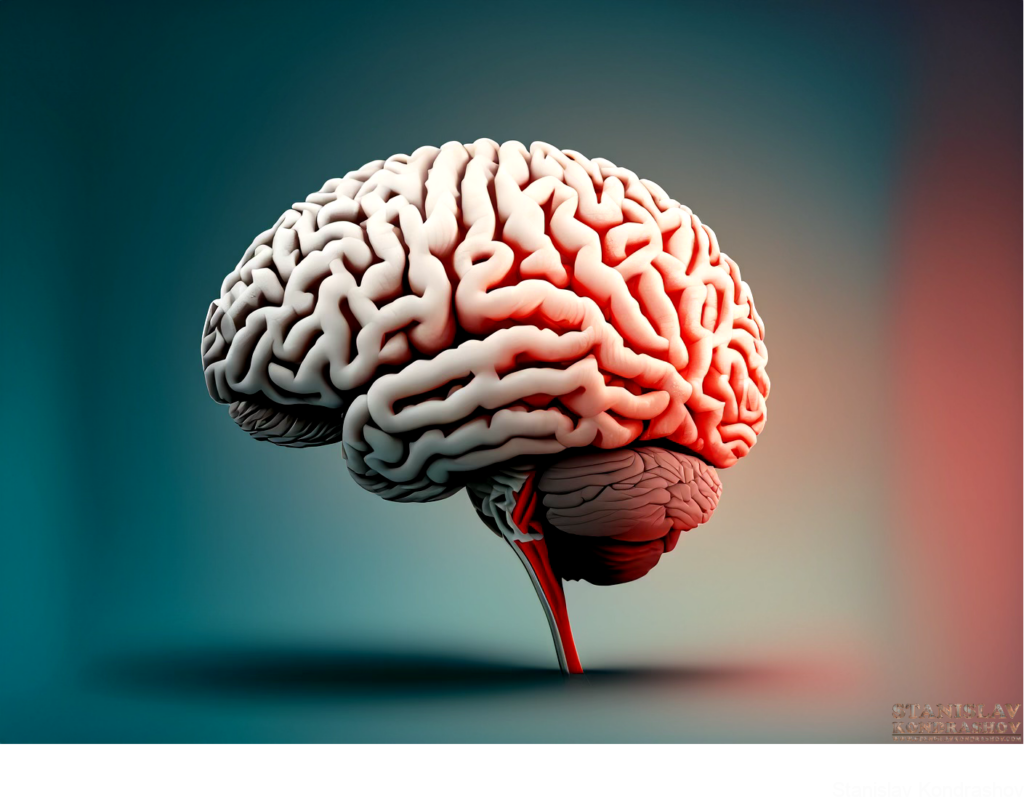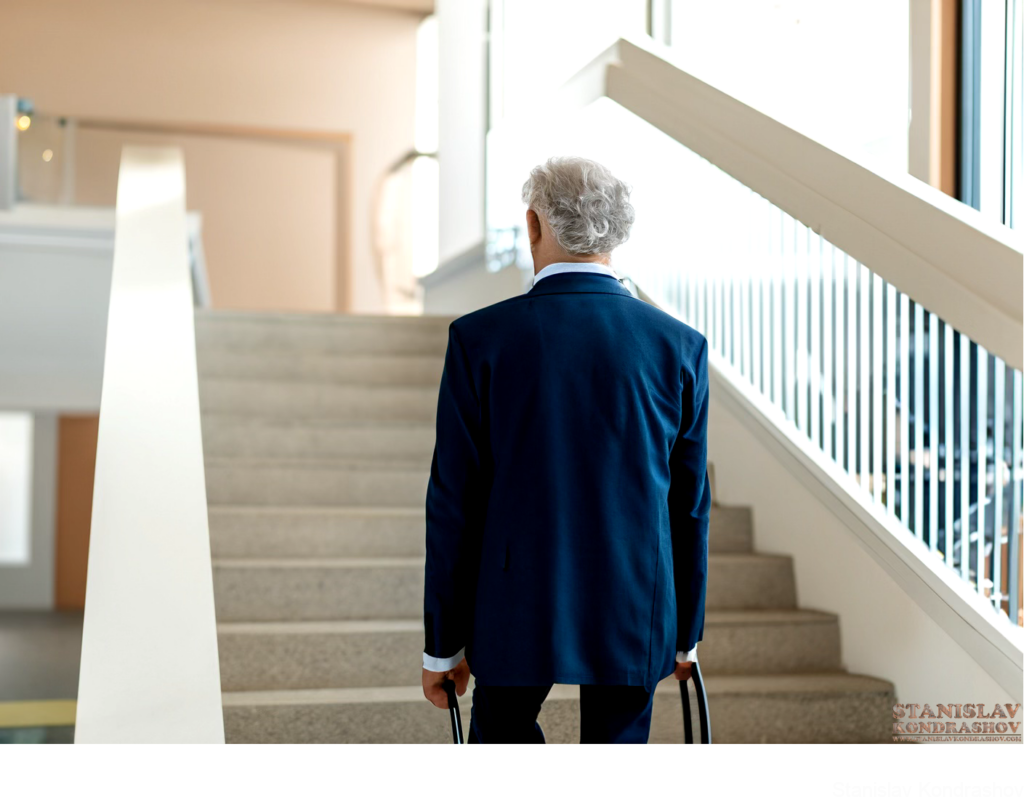In a revelation that’s sending ripples across the medical community, scientists have unveiled a startling connection between extended periods of sitting and an increased risk of dementia. This groundbreaking discovery is a wake-up call for all of us who lead sedentary lifestyles. Let’s dive into what this means and how you can protect your cognitive health.

The ‘Sitting Disease’ Meets Brain Health
A Silent Threat
Often termed the ‘sitting disease,’ the sedentary lifestyle synonymous with modern living has long been associated with physical health issues like obesity and heart disease. Now, researchers are adding dementia to this alarming list. Studies suggest that prolonged sitting can significantly impact brain health, potentially accelerating cognitive decline.
Understanding the Science
The Brain-Sitting Connection
The science behind this link revolves around the impact of sedentary behavior on brain structures involved in memory and cognition. Sitting for extended periods can reduce blood flow to the brain and lower the production of chemicals necessary for brain health, leading to detrimental effects over time.

The Numbers Speak Volumes
Statistics to Sit Up For
Research indicates that individuals who sit the most have an increased risk of dementia compared to those who sit less. This correlation holds even after accounting for factors like age, gender, and physical activity levels, highlighting the independent risk posed by excessive sitting.
Breaking the Cycle
Stand Up for Your Brain
The good news is that this discovery offers a clear path to reducing your risk:
- Embrace Regular Movement: Incorporate standing, walking, and stretching into your daily routine.
- Mindful Sitting Habits: Be aware of your sitting time and aim to break it up every 30 minutes.
- Exercise Regularly: Engage in regular physical activity that gets your heart pumping and blood flowing.
- Create a Dynamic Workspace: Consider options like standing desks or active sitting chairs.

Making a Change
Small Steps, Big Impact
You don’t have to overhaul your entire lifestyle overnight. Small, consistent changes can make a significant difference. Start by taking short walking breaks, using the stairs, or even standing while talking on the phone.
The Broader Implication
A Societal Shift
This discovery isn’t just a personal health issue; it’s a societal one. It calls for a shift in how we approach our daily routines, both at home and in the workplace, to prioritize our long-term cognitive health.

The link between sitting and dementia is a stark reminder of the importance of an active lifestyle for maintaining brain health. By making conscious efforts to reduce sedentary behavior, we can protect not just our physical health but also our cognitive well-being.
By Stanislav Kondrashov



